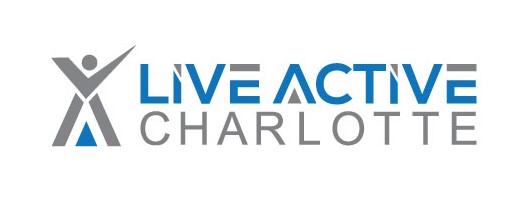A recent research article in British Journal of Sports Medicine spurned me to write. In attempt to not bore you too much, I won’t discuss the research in depth, however, the topic was analysis which further links weakness in the hips to knee injury.
I meet many people that come to the office, or gym and tell me they can’t (or have not) been able to exercise because of their “bad knees”. In some of these cases, I think the person is just plain lazy and uses that as an excuse; heck, I have seen people missing their leg from the knee down, and some in wheelchairs that are breaking a sweat; “bad knees” is not a reason to pack it in. Unfortunately, however, many of these people that avoid exercise due to their knee pain are given this advice from their doctor!
If you have “bad knees”, arthritis, knee pain, or a number of other knee complaints, or were told (or believe) you should not/could not exercise due to such issues; hopefully this can help.
1. If you were told by a doctor that you shouldn’t exercise due to your knee pain, you need to find another doctor. In these times when people sue over hot coffee being too hot, I have found that many medical professionals opt for the CYA (cover your ass) advice instead of truly working with a patient to help get them back to what they want to be doing. Rest and avoidance of using your knee is rarely a good long term strategy towards proper recovery. Find a doctor that works with an active population and whose goals for treatment align best with yours.
2. Check downstream! Knee pain that is not the result of a direct trauma (fell on your knee, etc) is commonly the result of poor movement of the knee joint due to a problem elsewhere; perhaps the ankle joint. In many instances the knee pain is the RESULT of an ankle that does not move well. Surgeries of a joint below the knee and ankle sprains are two likely causes that can result in future knee pain. If you cannot achieve the proper mobility in the ankle joint, the knee will take on added strain to make up for what’s lacking in the adjacent joints.
The addition of mobility work for the ankle can help eliminate and prevent knee pain. Your ankle should be a very mobile joint, one that’s lacking in ankle dorsiflexion can create havoc for the knee joint. A simple way to check for proper dorsiflexion of the ankle is to put your toes 4in from a wall, and then try to flex the ankle and get the same side knee to touch the wall; while keeping your heel on the ground. If you can do that, it’s unlikely that the lack of ankle mobility is the culprit of your knee pain.
3. Check upstream! As with the ankles, the better the hips function, the safer the knees will be. Poor hip mobility, specifically internal and external rotation will create added strain to the knees. One of my favorites to work on this movement is the 90-90 hip stretch.
Hip strength is also important in relation to reducing knee pain. The more force that can be created at the hips (vs. the knee) the safer the knee joint will be. Hip strength will also be important to absorb forces before it creates too great of a strain on the knees. Squats, deadlifts, kettlebell swings and hip thrusts are all great exercises to strengthen your hips.
4. Be Smart! I know it’s easier said than done. Between your friends, family and the interwebs, there is plenty of misinformation out there in regards to pain. Just because you know someone that was successful in treating their pain, doesn’t mean it’ll work for you. If your knee hurts when you do something, figure out why! Don’t ignore it. Don’t just take some Ibuprofen and continue. While working around an injury for the short term is good advice, long term avoidance of the area is not going to take care for the problem. A good doctor should be able to offer you
solutions that can keep you active, while you work to reduce the pain. If they can’t, refer to #1.
Knee pain can have a number of causes. Getting it properly addressed quickly will be beneficial for the long term health of the joint. With knee pain, and most other repetitive stress injuries, the site of the pain is rarely where the cause is. Don’t guess; get assessed properly and reduce the risk for long term issues.

Dr. Brian Strump is a chiropractor and owner of Live Active Charlotte, a CrossFit/functional fitness gym located in the Steele Creek area of Charlotte.
If you’re interested in making a change in your health or simply have questions, you can learn more about Brian and his staff by visiting: liveactiveclt.com











